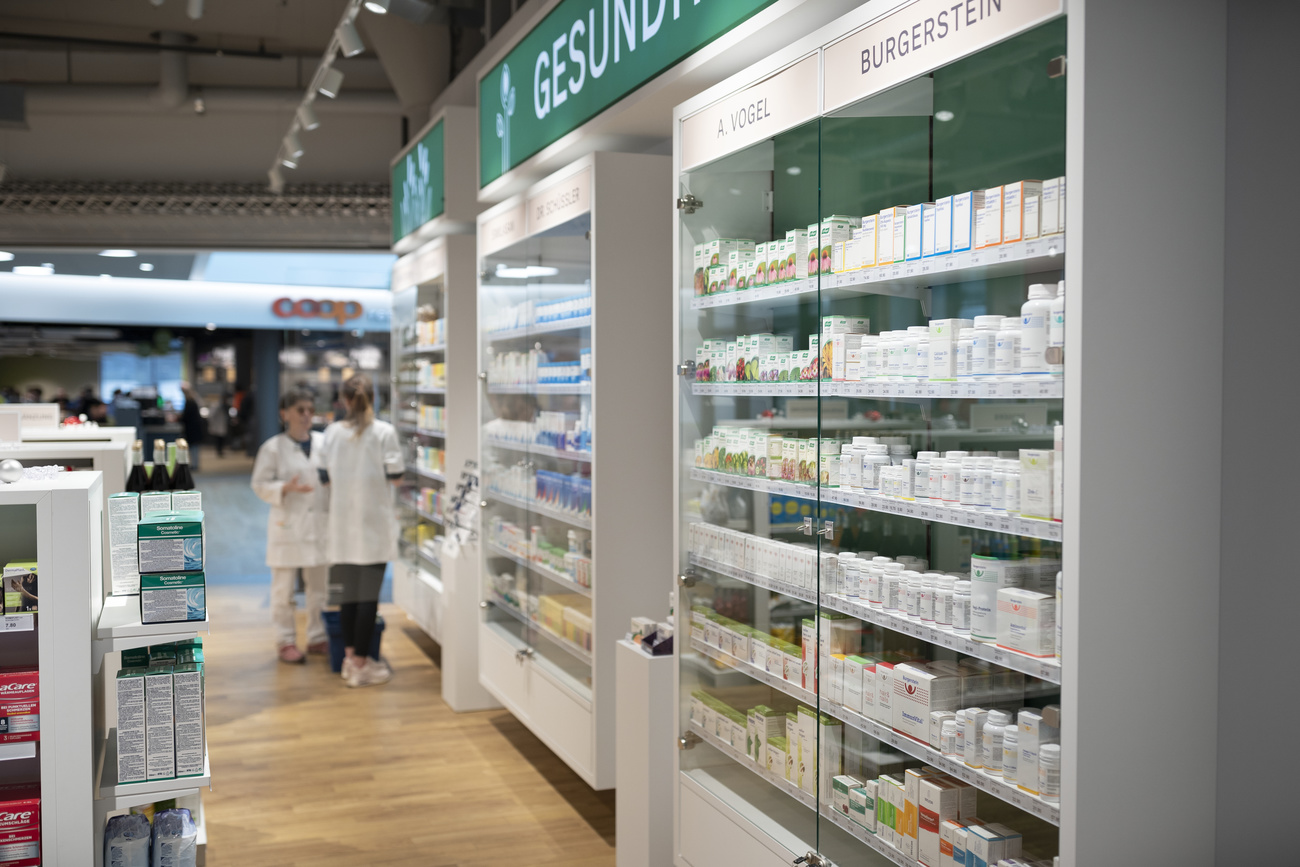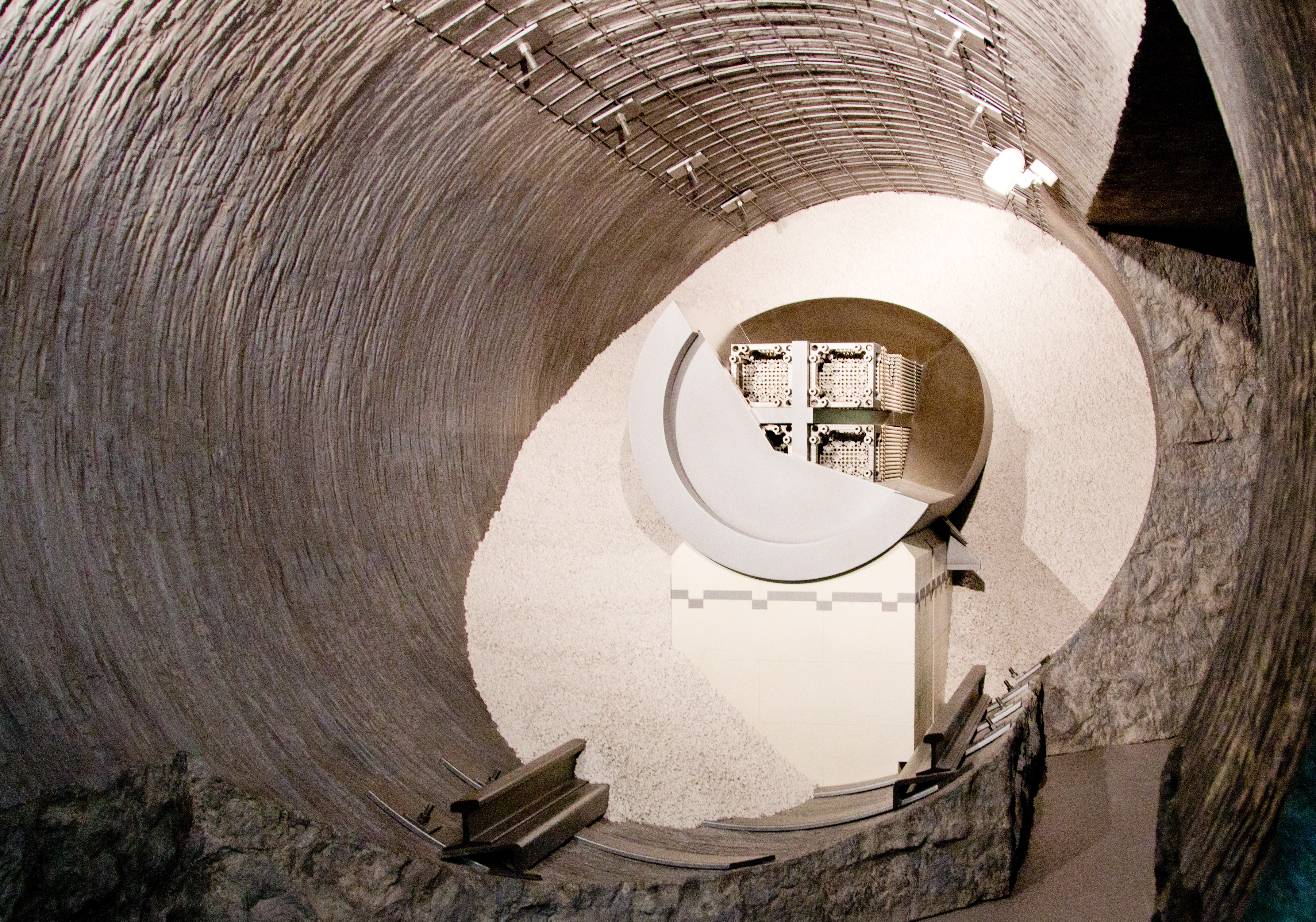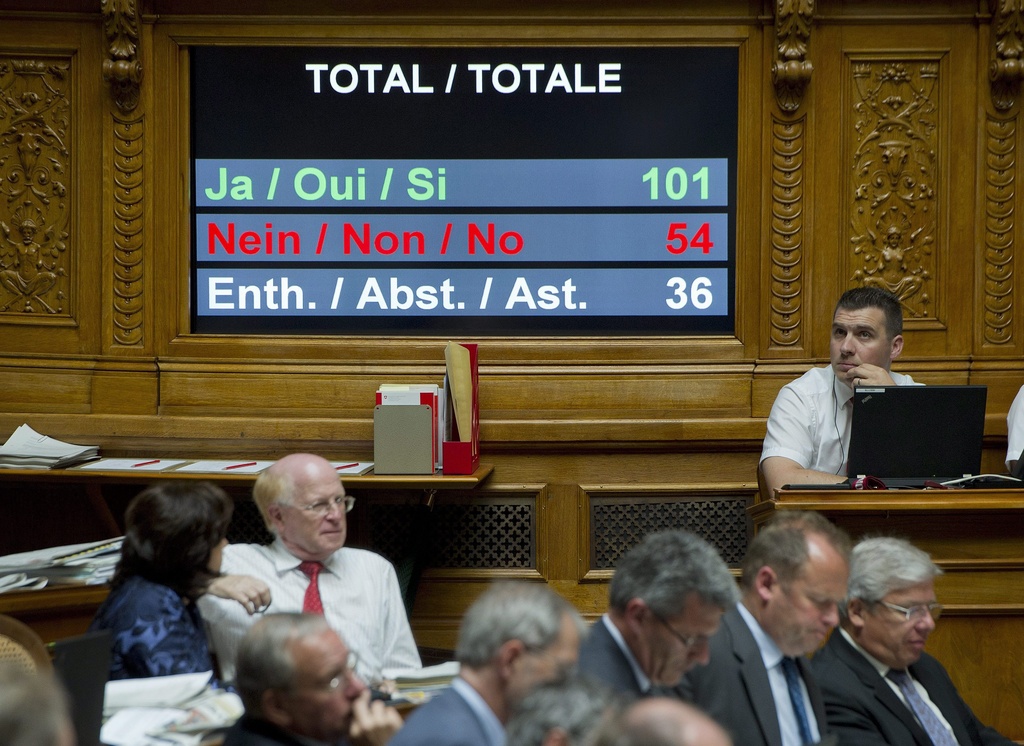Swiss nuclear future could hinge on thorium

The Senate votes at the end of the month on the future of Swiss energy – but while the anti-nuclear camp thinks the nuclear option is dead, not everyone is so sure.
A new generation of reactors could be fuelled by thorium, seen by its supporters as safer and producing less of a waste problem.
The disaster at the Japanese nuclear plant at Fukushima earlier this year prompted heart-searching in Switzerland and the government announced in May that it planned to phase out all nuclear power generation in Switzerland by 2034.
The House of Representatives has already agreed, but on Tuesday the Senate Energy Committee modified the proposal, agreeing instead simply to ban the construction of nuclear plants “of the current generation”.
“We are leaving the door open in case new technologies become available in the foreseeable future,” committee president Rolf Schweiger explained to the media.
Social Democrat committee member Didier Berberat is confident that even if the door has been left ajar, there will in fact be no more nuclear power stations in Switzerland.
An expert from the Paul Scherrer Institute – one of Switzerland’s major research centres – told the committee that the technology for the so-called “fourth generation” of nuclear reactors had not yet been mastered, and was unlikely to be available until about 2040-2050.
“Given the time it takes to get plants approved and so on, that takes us to about 2060. In other words, we have buried the nuclear option for 40 or 50 years,” Berberat said.
The modification to the government’s plan was simply “balm to the wounds” of the nuclear lobby to help them “come to terms with the fact that nuclear energy is over”, according to Berberat.
“For us the important thing is that we have to promote renewables and develop an energy strategy without counting on nuclear power.”
Thorium
But Berberat’s assumption that two generations of Swiss will learn to live without nuclear power may not be correct.
One new technology that has leapt into the news in the wake of the Fukushima disaster uses thorium rather than uranium or plutonium as its fuel.
Swiss nuclear expert Bruno Pellaud, a former deputy head of the International Atomic Energy Agency (IAEA), worked on thorium high temperature reactors (THTRs) in the United States in the 1970s.
“The technology was developed. It was not a dream of the future. Facilities were built,” he told swissinfo.ch.
The method did not take off then for reasons unconnected with the technology, he explained.
In the US, the major problem was that they were not cheaper than the conventional light water reactors (LWRs) that were already familiar. Utility managers balked at committing themselves to paying several billion dollars for something new, when for approximately the same price they could have a plant which they knew would work.
In Germany, where work had been done on the same technology, further development was scuppered by the political decision to phase out nuclear power, he said.
Pros and cons
High temperature reactors have many advantages over LWRs. This includes the key concerns of anti-nuclear activists: safety in operation, and the problem of nuclear waste.
The key to operating safety is “coated particles”, Pellaud explained. Particles of uranium are coated with three layers of heat and pressure-resistant ceramic material, and spread through the graphite blocks used in the reactor. If there is an accident, not only are the particles able to resist much higher temperatures, but since there are so many of them, not all will break, and the damage can be much better contained.
“I wouldn’t say this is an ideal machine, but it’s probably the closest one can have to a very stable system that would not melt down like a light water reactor,” Pellaud said.
The radioactive waste is also less of a problem – but a potential issue for future generations nonetheless.
“The problem with plutonium is that it’s around for 10,000 years. With thorium it may be only a few thousand. It’s still long: there is no miracle,” he admitted.
As for its other advantages, energy production is far more efficient, thanks to the fact that an HTR – as its name suggests – operates at much higher temperatures: the coolant used is helium, which can be heated to 800 – 900 degrees, whereas pressurised water can only go up to 200 or 300 degrees.
While LWRs typically lose about two-thirds of their heat into the atmosphere – the familiar cloud billowing out of the reactor tower – a HTR loses only between 40 and 55 per cent.
But while it can thus produce more electricity, the inherent costs are higher. The coated particles are hard to make, and helium is more complex to deal with than water. As a result, there is little difference economically.
If the new technology is to get off the ground commercially, a very large company will have to get involved in it – investments in the nuclear field always require huge sums of money. For the time being none have touched it because there is no demand, and it would take more than the Swiss market to make it attractive.
But technically there is no problem. Of the various ideas being put forward as part of the “fourth generation” of nuclear power plants, it is certainly the most promising, Pellaud says.
“It could be started in Germany or in the US in a couple of months, because it’s been done already. It’s not something way out in the future to dream about.”
Most nuclear reactors currently in use in the world belong to the second or third generation.
Generation IV refers to potential future designs currently under research.
The aims include better safety and waste disposal, lower building and operating costs, and less risk of proliferation.
It is generally expected that most will not be available for commercial construction before 2030.
Research was started by the Generation IV International Forum (GIF) set up in 2001. It currently has 13 members.
Switzerland joined the group of GIF countries in 2002.
The EPR is a so-called third generation pressurised water reactor, designed by French nuclear specialist Areva, Electricité de France and Siemens in Germany.
As of 2011, four EPR units are under construction.
The first two, in Finland and France, are both facing construction delays and major cost overruns.
Construction began on two additional Chinese units in 2009 and 2010 and are ahead or on schedule.
There are also plans to build more facilities in France, Britain, the United States and India.
Projects in the United Arab Emirates and Italy were cancelled. The planned Abu Dhabi reactor was dropped in favour of an older design, while Italian voters chose to abrogate new regulations permitting the return of nuclear power.

In compliance with the JTI standards
More: SWI swissinfo.ch certified by the Journalism Trust Initiative














You can find an overview of ongoing debates with our journalists here . Please join us!
If you want to start a conversation about a topic raised in this article or want to report factual errors, email us at english@swissinfo.ch.